Two Weeks in Beijing
I don’t know what a normal reaction should be like when your manager randomly suggests that you may be going to China. I definitely panicked. I mean, it’s not like I didn’t travel around the world, I’ve seen my share of unique places. But we’re talking about China here (pretty far from my usual dwelling spots), and not a regular vacation, but a business trip.
Was I interested? Certainly, but the lack of information and updates from the higher-ups was unnerving, to say the least. With me being in the final college weeks, I needed some clarification in order to know how to accordingly plan my tests and exams. Who am I kidding? Who cares about college, you can always graduate next year if need be. Business trip to China is a one-time offer.
So, jumping ahead of all the stress and paperwork, the first part of the trip was going to the Chinese Embassy in Bucharest, since a visa is required if you want to enter Mainland China. There’s no “interview”, if you have all the required documents (and there are a lot of them) you just pay the tax and leave the passport there for the shiny visa to be applied on it.
About China itself, I admit I didn’t have much knowledge of its history. Concerning Asian countries, my focus was on learning about Japan until now. Up until not too long ago, I considered China, Taiwan and Hong Kong to be the same place. Through my film-watching odyssey, I realized that a large part of the Chinese films I’ve watched were actually from Hong Kong or Taiwan. Edward Yang and Hou Hsiao-Hsien? Taiwanese. Wong Kar-Wai? Hong Kong. Actually the only Mainland China filmmakers I know about are Zhang Yimou, Chen Kaige and my latest finding, Jia Zhangke. So, I did what any normal person would do, I let Jia tell me about his country.
I’m glad I did, because from the first scenes of his 2013 film, A Touch of Sin, it dawned on me that what I was experiencing was totally different from any Chinese cinema I used to know. What he showcases in his films is exactly what I’m seeing in person right now, with rapid globalization being the most noticeable.
Getting back to Beijing, I remember reading somewhere on the internet that April and May were the most smog-less months, so the best ones for visiting the city. Most of the days the visibility is so bad that you only see about 2-3 rows of tall buildings ahead, the sun radiating through the fog. Some days we saw the sky, not as blue as the one at home, but it certainly was a welcome sight. We luckily picked the best day for our Great Wall tour, since both the days before and after were cloudy and rainy.
About the Great Wall… Once again I didn’t exactly know what to expect, certainly not climbing it by myself, on foot. But, that happened. My Garmin watch told me that I climbed about 125 flights of stairs and gained almost 500 meters in altitude. I didn’t even get to the highermost point, since time was in short supply and we had to get back to our guide. I also remember wanting to quit about halfway through, but a group of American elders stopped by and we chatted for a bit, one lady saying something like ‘You’re young, you definitely can do it,’ and if they who looked well past old age could climb that wall, well then I damn well can too.
About the city… Since I’m here for a business trip I didn’t expect to do much visiting, however I managed to see the Olympic Park, Lama Temple, Sanlitun, Tiananmen Square, Wangfujing Street and the 798 Art District. And the Great Wall and a Ming Tomb. The main point is that everything is huge here, even if you want to get to a place by subway you still spend about 40 minutes on your journey. And walking distances? On non-visiting days (just walking to work and back, maybe go eat somewhere, do some shopping at the supermarket) I walk at least 10 kilometers. My watch is happy about that.
About shopping… No time to visit flea markets and haggle, so I did most of the shopping with the much appreciated help of a Chinese workmate, who was kind enough to order me stuff from JD.com and taobao. You know how people say they buy cheap stuff from China? Well I paid 200 euros for a mechanical keyboard. Other than that I limited myself to some simple souvenirs and tea.
About the food… It’s an acquired taste I think. About 80% of the local food I ate here was spicy, and some of it was too spicy to even eat. However the rice is amazing, and I could eat it plain. At breakfast there’s mostly Chinese food, with some Western options like bacon and fried eggs, which I mix with vegetables, which are not in short supply here. Also, chopsticks! My European ass got schooled. No fork and knife except at breakfast, but I pass on them in order to sharpen my chopstick skills. I still suck at eating noodles but everything else I manage just fine.
About work… Great people! Even though most of the times we’re not in the same ballpark concerning English, everyone is down-to-earth and kind here.
About the internet… it’s bad. Mao really doesn’t want you to Google stuff. The hotel provides free Wi-Fi but most of the time it works like a steaming pile of crap. I prepared myself for the trip with a wide range of homemade proxies and VPNs, beginning with the router-integrated OpenVPN, which obviously didn’t work. The Great Firewall of China is smarter than I gave it credit, they dabble in some machine learning too. The second option was Shadowsocks, an open-source Socks proxy widely used in China to circumvent the Firewall. I ran it from my Raspberry Pi at home, but this didn’t work either. The winner was ShadowsocksR, with the R standing for some level of obfuscation on top of the proxy, which has been serving me for almost two weeks without interruption. So I prevailed, more or less. Free of charge.
About coming home? I don’t know, I’m beginning to like it here ;).
(will update post with photos when I get to a more familiar place)
(post updated)
The monster which flew us to Beijing A wall of the Hyundai Motorstudio Beijing Also known as Bird’s Nest Also known as the Water Cube (they are really good at naming things) That’s what I looked for when I wanted to get to work Probably the most known Tibetan Buddhist monastery in Beijing A tourist trap for Europeans, with some cool buildings I don’t think this photo needs any introduction I wish my tomb looked like this Beijing’s most recognizable place Famous Beijing shopping street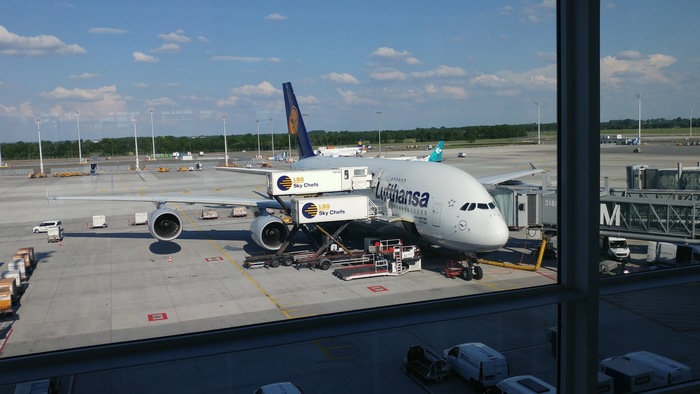
Airbus A380
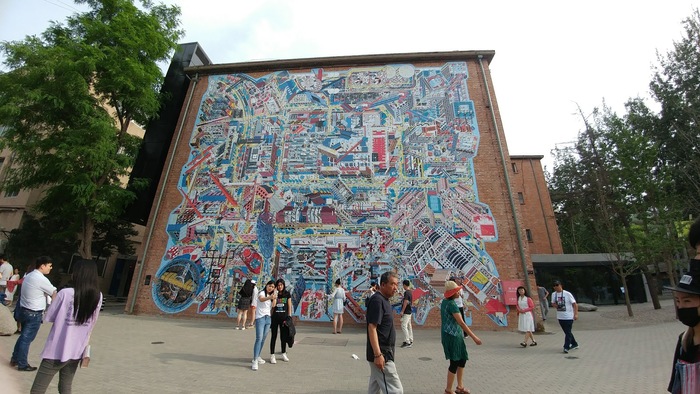
798 Art District
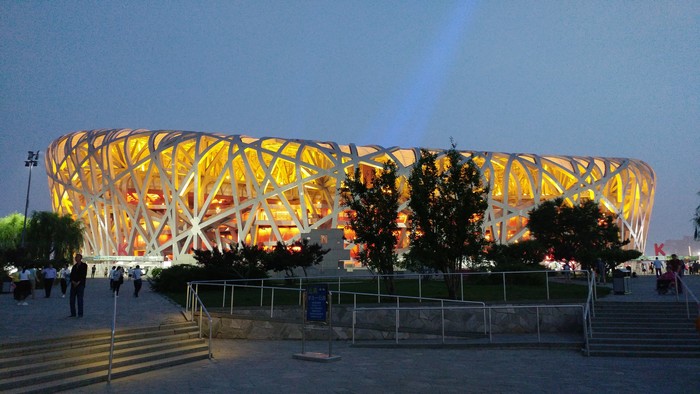
Olympic Stadium
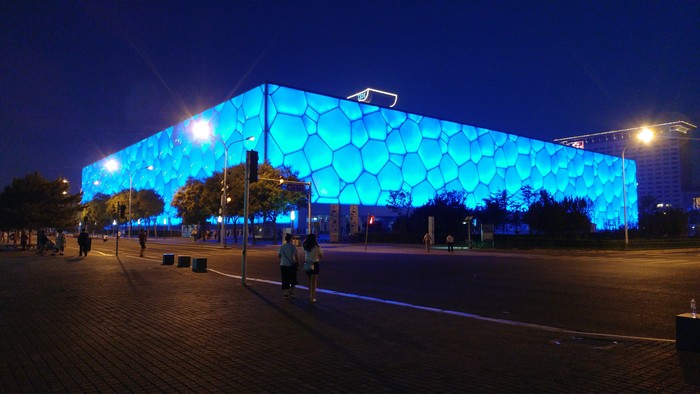
Beijing National Aquatics Center
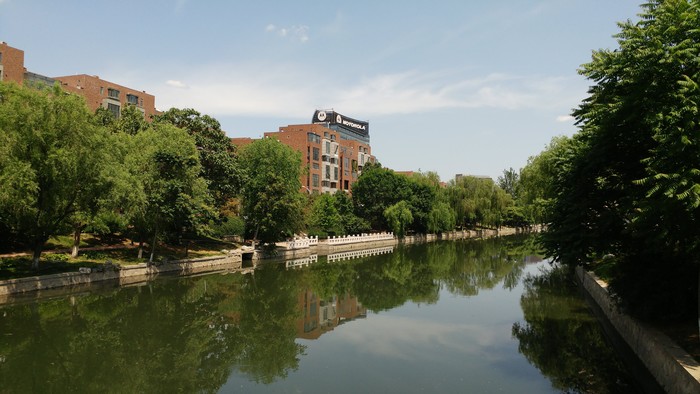
A view of the Motorola building
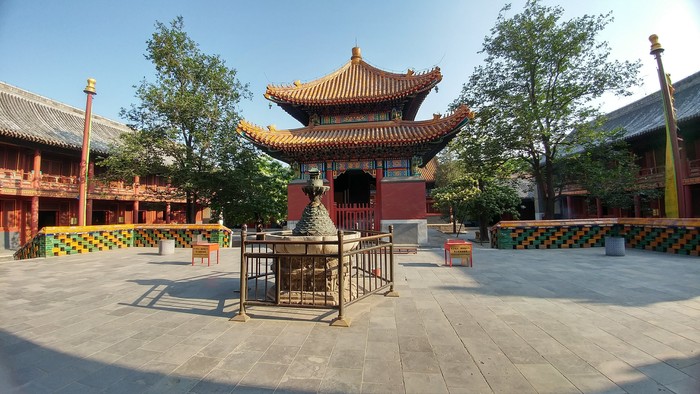
Lama Temple
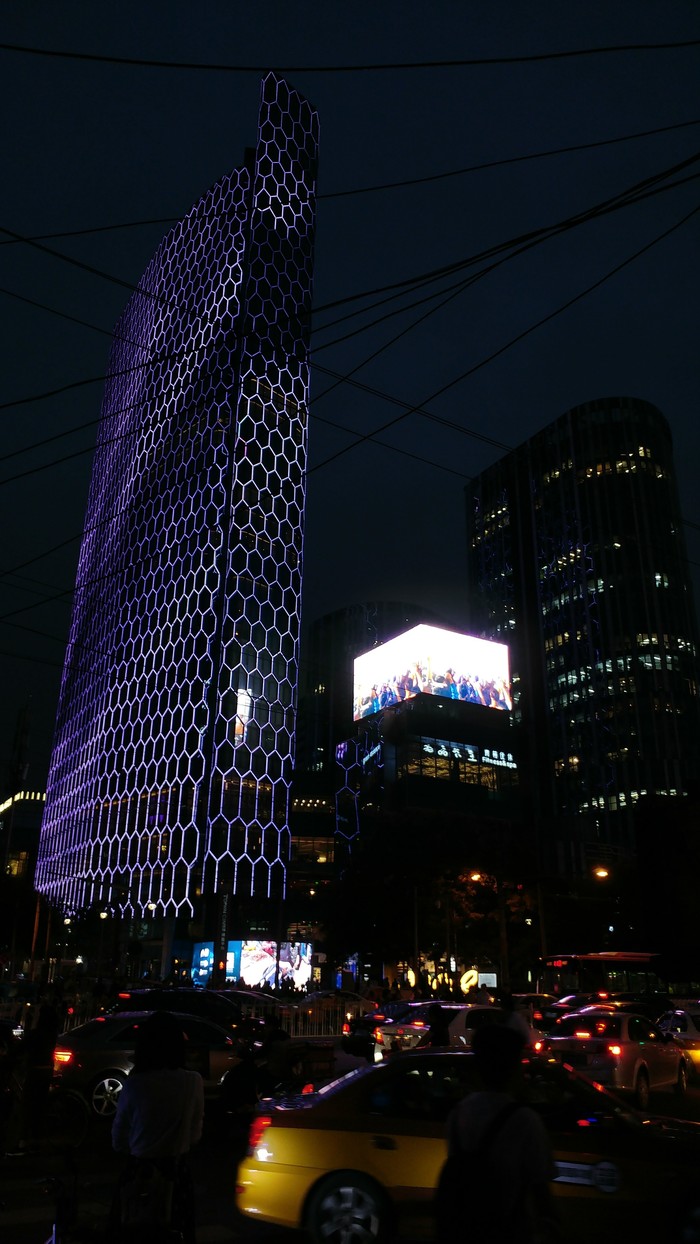
Sanlitun
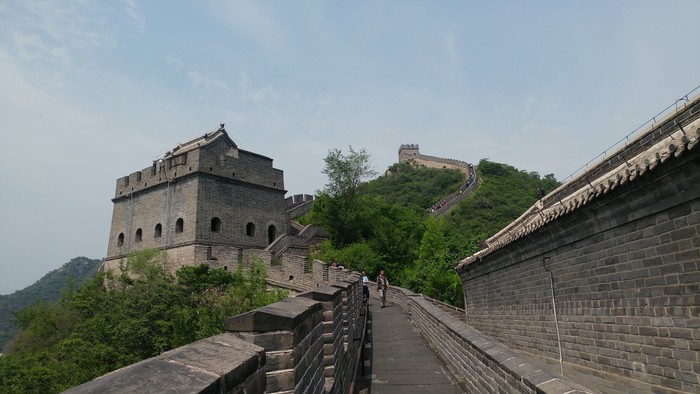
The Great Wall at Juyongguan
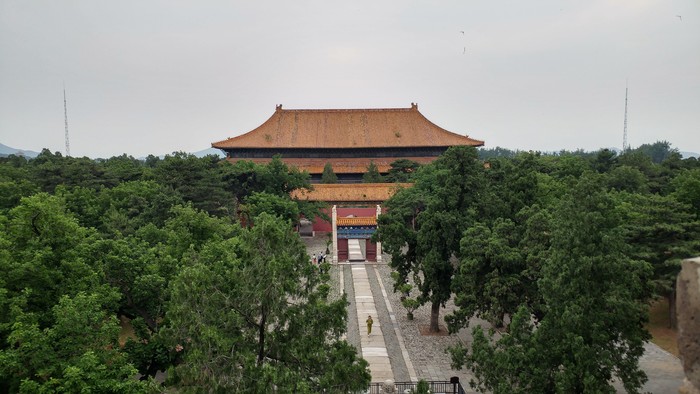
Changling Ming Tomb
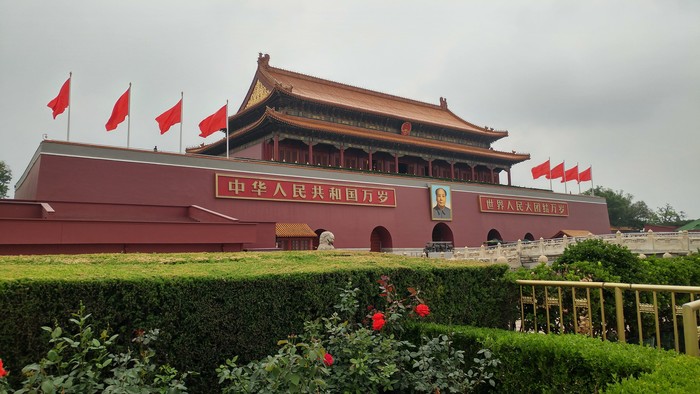
Tian'an'men Square
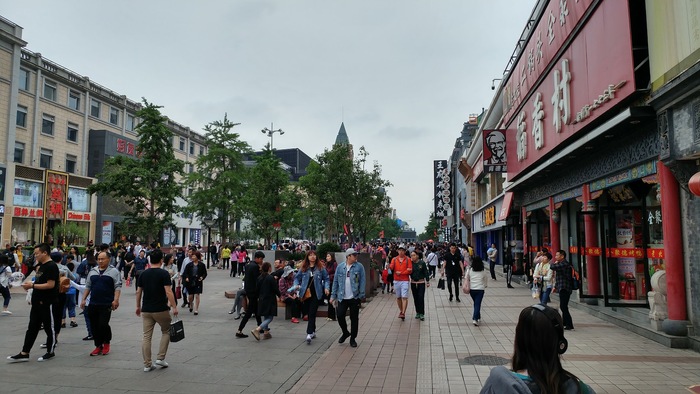
Wangfujing Street